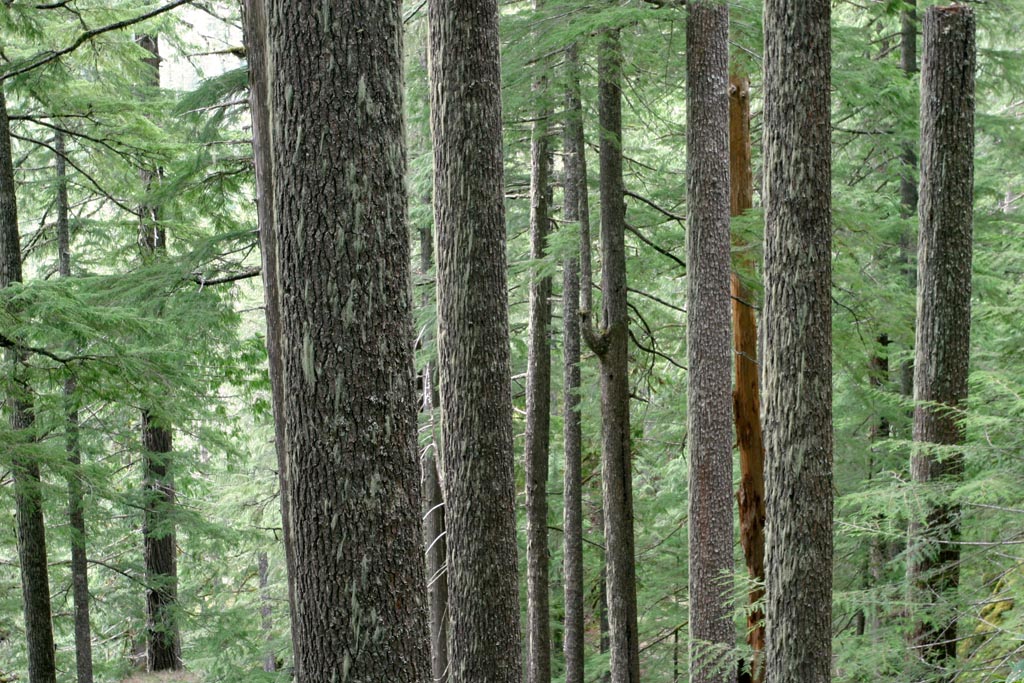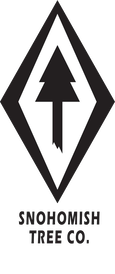|
The Western Hemlock is about as native to the West Coast as they come. It’s established in many PNW forests and is Washington’s state tree. Nonetheless, if your Western Hemlocks have been struggling to survive recently, they aren’t alone. A “new” foliar disease has been prowling Washington and Oregon, adding another threat to the list of many. We’ve compiled the most common criminals here to help you diagnose your Western Hemlock’s problem. Is my tree a Western hemlock?Before diving too deep, compare your tree to these characteristics to make sure it’s a Western Hemlock:
Threats to your Western HemlockIt should first be noted that weather conditions play a role in a vast number of tree health issues. Patterns like wind damage and drought can make a tree more vulnerable to other problems, such as disease and insects. Fungus and DiseaseFungi like to target weakened trees. Western Hemlocks are particularly susceptible to lack of water, so many of their diseases have been linked to drought. Root diseases are the most prevalent form, although a foliar disease from the fungus Rhizoctonia Butinii has also been causing trouble since around 2016 in Washington and Oregon. Western Hemlock diseases include:
Signs of tree fungal disease Trees battling fungus will often show the following symptoms:
Stopping the spread of fungus Many fungal diseases won’t show obvious symptoms until the tree is beyond saving, but the spread of the fungi to other trees can still be reduced. A few actions can tip the odds in your favor:
Competition from other plantsCompetition for nutrients can be fierce in the plant world. Western Hemlocks struggle when they are smothered by thick vegetation or when the parasitic Hemlock Dwarf Mistletoe sucks nutrients away. Reducing your tree’s competition Reducing the plant life around your tree reduces the competition for nutrients and water. A competent tree service team can help you remove the right plants and trees without causing unintended damage to the surrounding area. If a tree has been infected by Hemlock Dwarf Mistletoe (characterized by swelling branches, witches’ brooms, and mistletoe shoots), the best option is typically to remove the tree to reduce the spread of the parasite. However, lightly infected trees might be salvaged through select pruning and chemical control. InsectsThe Western Blackheaded Budworm, Hemlock Sawfly Larvae and Hemlock Looper Larvae can cause serious damage to your Western Hemlocks. Woolly Adelgids are a well-known trouble maker for some species of Hemlock, but are more unsightly than dangerous in Western Hemlocks. Signs of insect trouble Some insects will build nests of webbing within the foliage of a tree. Discolored foliage, chewed foliage and insect waste on branches or at the base of the tree are also strong indicators of an insect problem. Fighting an insect infestation Insecticides are the most reliable method for homeowners to combat infestations with, but we recommend considering the impact of these chemicals on the surroundings before deciding to use them. Note: if you prune or remove a tree with strong insect presence, take care to avoid spreading an infestation to another area. AnimalsOccasionally, animals are the culprits behind tree damage. Bears and porcupines may scratch, gnaw or rub large portions of bark from trees. This can be fatal, as trees depend on bark to carry nutrients. Fencing can deter porcupines, but only the stoutest fence-or electric fencing-will deter a bear. Most landowners don’t want to fence off entire stands of trees, so the best way to deal with a destructive porcupine or bear may be to hire a professional to capture and relocate it. Reach out to usIf you need a professional opinion on your Western Hemlock, feel free to reach out to us! We’d love to take a look and advise on the best course of action.
|
SNOHOMISH TREE COMPANYFollow our blog for industry insights, company updates, and tips for working with trees. Archives
February 2022
Categories |


 RSS Feed
RSS Feed
